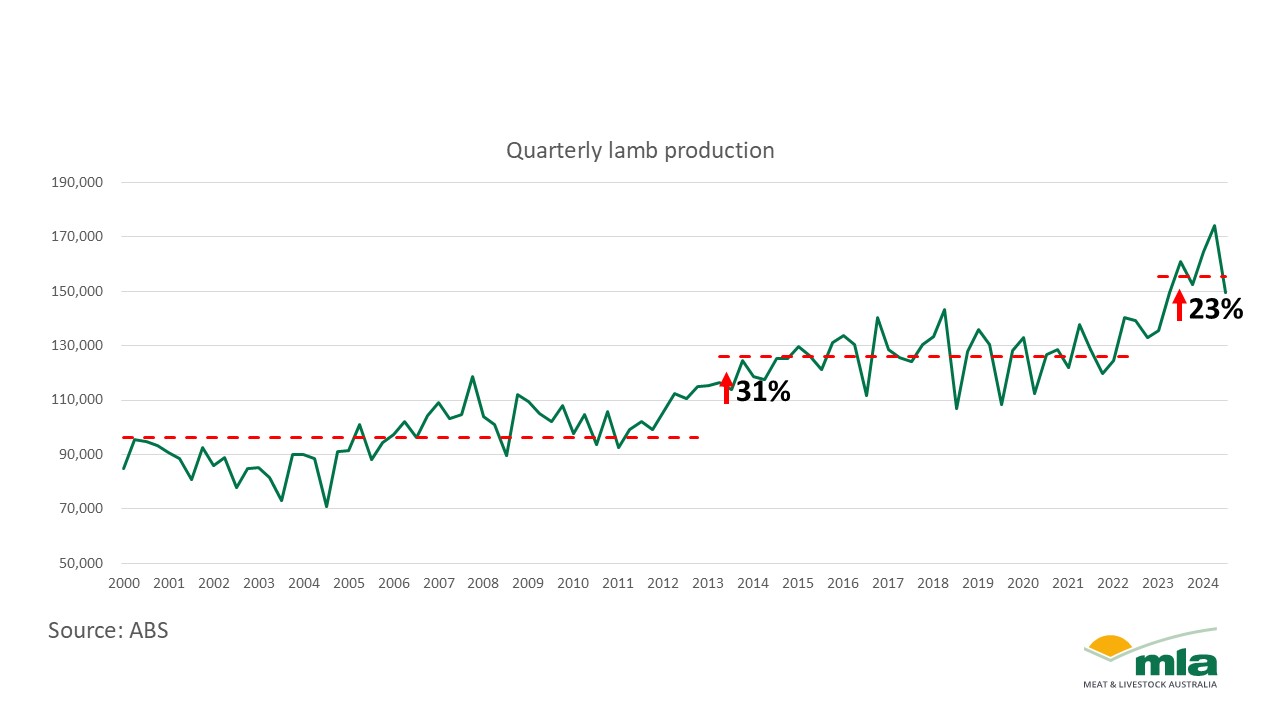*Check against delivery*
Acknowledgements omitted
As many of you know, the new marriage law came into effect on 1 September 1963. The date coincided with the first day of spring – a season traditionally associated with new beginnings and a popular time for weddings. And a start to a very busy season for all of you!
The Federal Attorney-General at the time, Sir Garfield Barwick, believed that the new law would encourage Australians to approach marriage “lightly but advisedly”. Reminding us that, for many, a wedding day is one of the most important moments of their life.
Each couple’s wedding day is unique – each has its own story. For me, it was little over nine years ago when I married my wife Jess in a pub in Brisbane. Surrounded by our loved ones and friends, a perfect reflection of the people that we are.
We are lucky that in Australia we get to choose the type of wedding and ceremony which best reflects our individual values. One that truly reflects who we are as people. Whether the occasion is modest or full of spectacle, you are the ones who help craft those stories.
They become shared stories in which you have played a role – an enormous privilege and a great responsibility. One that I deeply respect. That is why I am pleased to be able to talk to you today.
Purpose of the Celebrant Associations and Networks meeting
I know you use this forum to discuss a range of important issues about marriage law in Australia and the Marriage Celebrants Program. It is important that I and the Attorney-General’s Department gets to hear directly from you, and through you, those you represent and the broader celebrant community. Key to this are shared goals.
A professionally skilled and ethical sector dedicated to community service. Accessible, culturally-informed and legally correct marriage services. I know you have been engaging with the Attorney-General’s Department on a range of issues when it comes to achieving these goals.
I am aware there are both challenges and opportunities ahead.
Together, we have identified the following key areas:
Firstly, establishing threshold requirements for celebrants. We must recognise that not everyone may be suited to the role of marriage celebrant. Further consideration of better threshold eligibility must be considered. It will be an important step to assist would-be applicants understand the roles and responsibilities of a celebrant at the earliest possible stage.
Secondly, we must work together to improve professional standards to raise the standard of the entire profession. We must support greater compulsory professional development, including ensuring ‘real consent’ to a marriage. Improved standards would lead to greater protection of the integrity of marriage in Australia. And align with the Government’s commitment to tackle the issue of forced marriage.
Lastly, we are working to redevelop the online celebrant portal and the Public Register of authorised celebrants. Modernising these platforms will help us increase functionality and accessibility. This is just another way the department and I want to better support you in your roles as marriage celebrants. And we want to ensure the Public Register meets the needs of marrying couples.
I am hearing there is a great deal more you are passionate about. I appreciate your active engagement with the department to share your experience and advice.
Engagement with the Attorney-General’s Department
The department and I are keen to continue to hear from you. You will soon have an annual and targeted survey to help the department measure its performance against its stated goals. They are seeking your input about how the department can enhance Program delivery.
I support the department in its goal to seek out better ways to deliver services, and to do so in consultation with you. I encourage you to continue your productive engagement with the department so the team can ensure the program continues to meet the needs of its users.
Conclusion
The Marriage Act 1961 has served us well for many years. While there are opportunities to do things better within the existing framework, there are some inevitable boundaries.
Whatever the limitation, it should not diminish our resolve to continuously seek to innovate, improve and clarify. To all of you, I wish to express my appreciation for your time today and over the many years you have participated in this important forum.
I thank you for your commitment to your profession.
I thank you for your ongoing dedication to marriage celebrancy in Australia.








